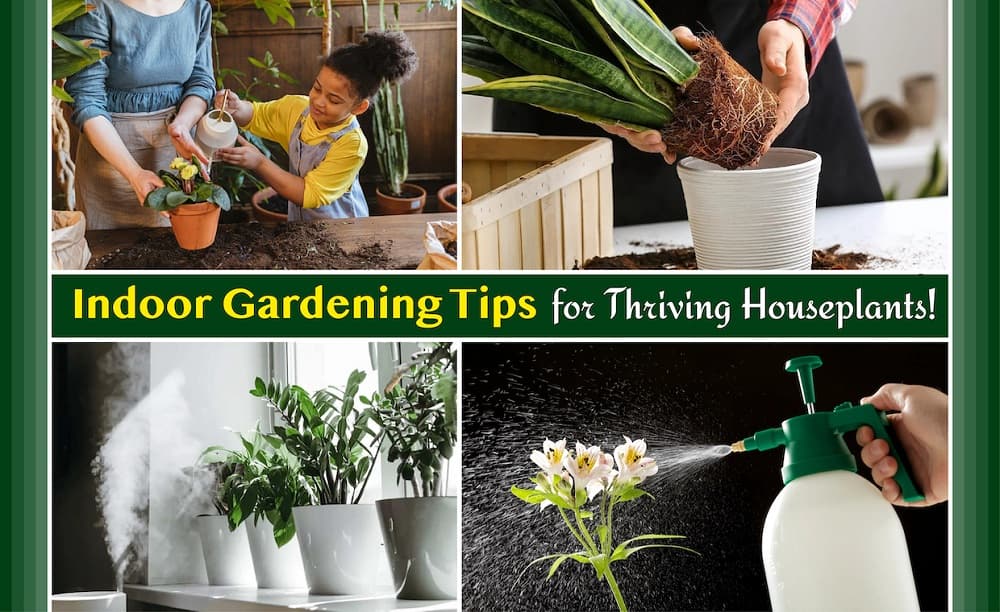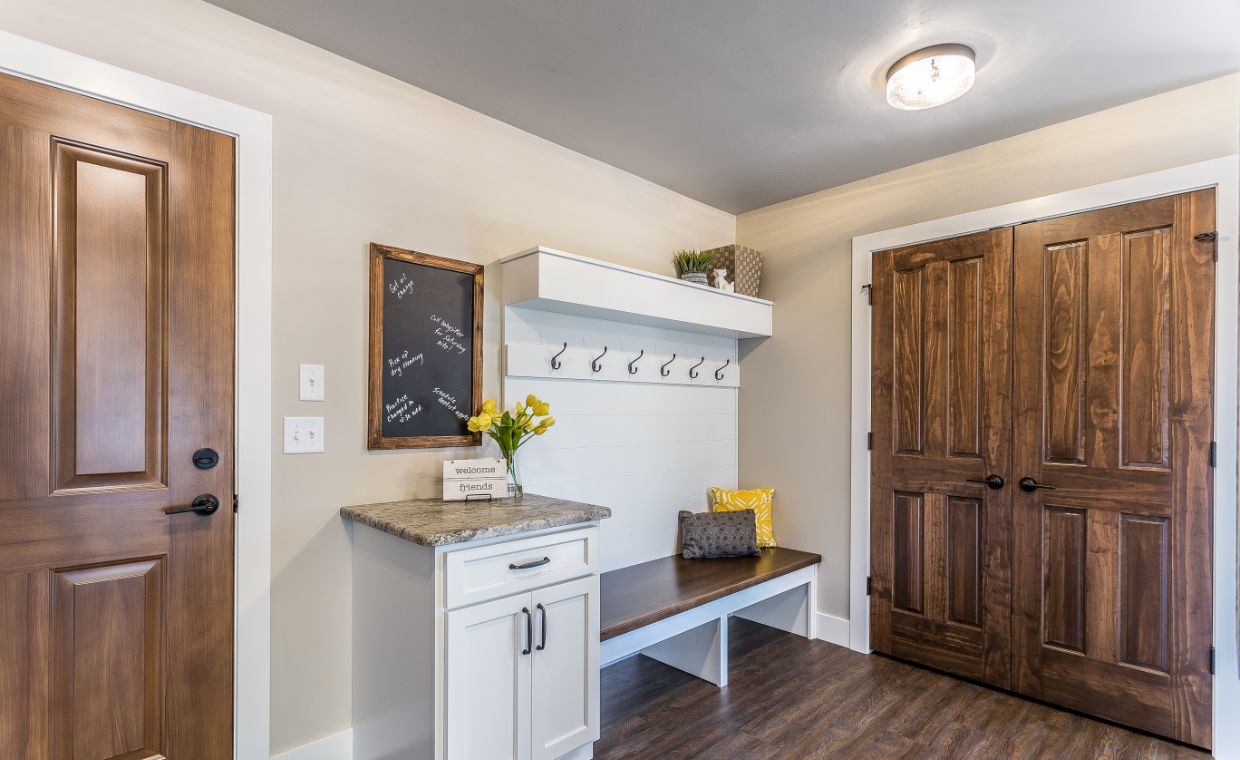
Indoor plants not only enhance the aesthetic appeal of your home, but they also improve air quality. In fact, studies have shown that indoor plants can remove up to 87% of indoor air pollutants within 24 hours. However, maintaining a thriving indoor garden requires more than just watering your plants. In this article, we’ll share some essential tips for keeping your indoor garden lush and healthy. We’ll also discuss the indoor gardening tips, importance of proper light, air circulation, and fertilization.
Best Indoor Gardening Tips to keep Your Indoor Plants Healthy
Here we have discussed some of the best indoor gardening tips for keeping your healthy and thriving:
01. Choosing the Right Plants

When selecting plants for your indoor garden, it’s important to consider factors such as lighting, temperature, and humidity levels. Some indoor plants require lots of bright, indirect light, while others thrive in low-light conditions. Similarly, some plants prefer cooler temperatures, while others prefer warmth. Research the specific needs of each plant you’re interested in to ensure it’s a good fit for your indoor environment.
02. Pest Control

One common issue that indoor gardeners face is pest infestations. Common indoor plant pests include spider mites, mealybugs, and fungus gnats. To prevent and treat infestations, it’s important to regularly inspect your plants and quarantine any affected ones. Insecticidal soap or neem oil for houseplants can also be effective in controlling pests, but it’s important to follow the manufacturer’s instructions carefully. Additionally, keeping the soil of your plants dry and free of debris can help reduce pest infestations.
03. Watering and Fertilizing

Proper watering and fertilizing are crucial for the health of your indoor plants. Overwatering can lead to root rot, while underwatering can cause wilting and dryness. Each plant has different watering needs, so it’s important to research the specific requirements of each one. In general, most indoor plants prefer to dry out slightly between watering. Fertilizing should also be done according to the needs of each plant, typically every 2-4 weeks during the growing season.
04. Re-potting the Plants

As your indoor plants grow, they may outgrow their current pots and require repotting. Signs that a plant needs repotting include roots growing out of the drainage holes or soil that dries out quickly after watering. When repotting, choose a pot that’s slightly larger than the current one and use fresh, high-quality potting soil. It’s also important to avoid overwatering after repotting, as the plant may experience shock and take some time to adjust to its new environment.
05. Creating the Right Environment

Creating the right environment for your indoor plants can help ensure their health and beauty. Try to maintain a consistent temperature in your home and avoid placing plants near air conditioners or heaters. Additionally, consider using a humidifier to keep humidity levels steady if many of your plants require higher humidity levels. According to a study, increasing humidity levels can help remove formaldehyde from the air and reduce allergies.
Maintaining a thriving indoor garden requires attention to detail and patience, but the rewards are well worth the effort. By choosing the right plants, providing proper watering and fertilizing, controlling pests, and repotting as needed, you can enjoy a lush and healthy indoor garden all year round.






























